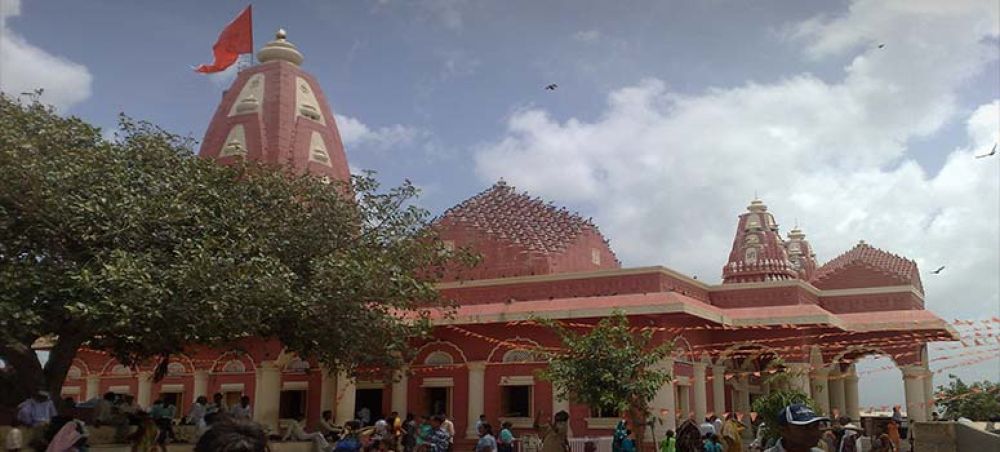

Located in the quaint city of Pathankot in Punjab, India, the Ashapurni Mandir is a significant religious site that beckons devotees from across the country. Renowned for its spiritual importance, the temple is dedicated to Goddess Ashapurni, an incarnation of the Divine Mother revered in Hinduism.
The origins of the Ashapurni Mandir can be traced back to ancient times, though the precise details of its foundation are steeped in legends and oral histories. It has been a center of faith and devotion for many generations, surviving through the ages and witnessing the transformation of Pathankot from a small settlement into a bustling city.
Over the years, the temple has been renovated and expanded by local patrons and community efforts, ensuring that it continues to serve as a beacon of hope and spirituality. The annual festivals and fairs held at Ashapurni Mandir attract a large number of visitors, reinforcing its status as a pivotal cultural and religious landmark.
Although not as widely known as some of the larger temples in North India, the Ashapurni Mandir holds a special place in the hearts of the locals and is starting to gain more recognition among travelers looking for offbeat spiritual experiences. Visitors often comment on the peaceful ambiance of the temple and the warmth of the local community.
In recent years, Pathankot has been developing its tourism infrastructure, with the Ashapurni Mandir benefitting from the increased accessibility and improved facilities. Cultural tourism has been on the rise, with more tourists seeking meaningful experiences and spiritual engagement rather than merely sightseeing.
Eco-friendly tourism is also gaining traction in the region. Efforts are being made to maintain the sanctity of the temple environment while ensuring that the ecological footprint of visitors remains minimal. Responsible tourism practices encourage visitors to respect the local culture and traditions, and this is particularly important at religious sites like Ashapurni Mandir.
Pathankot serves as a gateway to multiple tourist destinations in the northern part of India, including Jammu & Kashmir, Himachal Pradesh, and the nearby hill stations. The city is well-connected by rail, road, and air, which makes visiting Ashapurni Mandir convenient for tourists. The temple's proximity to Pathankot's transport hubs has played a role in its emerging popularity.
The Ashapurni Mandir remains a shining example of the religious diversity and cultural richness of Punjab. With its historical legacy and the promise of a tranquil spiritual experience, the temple continues to fascinate visitors and devotees alike, contributing to the tapestry of India's extensive religious tourism scene.
As Pathankot evolves into a more prominent tourist hub, the Ashapurni Mandir is poised to become an even more significant destination for those seeking solace and a connection with India's ancient spiritual traditions.